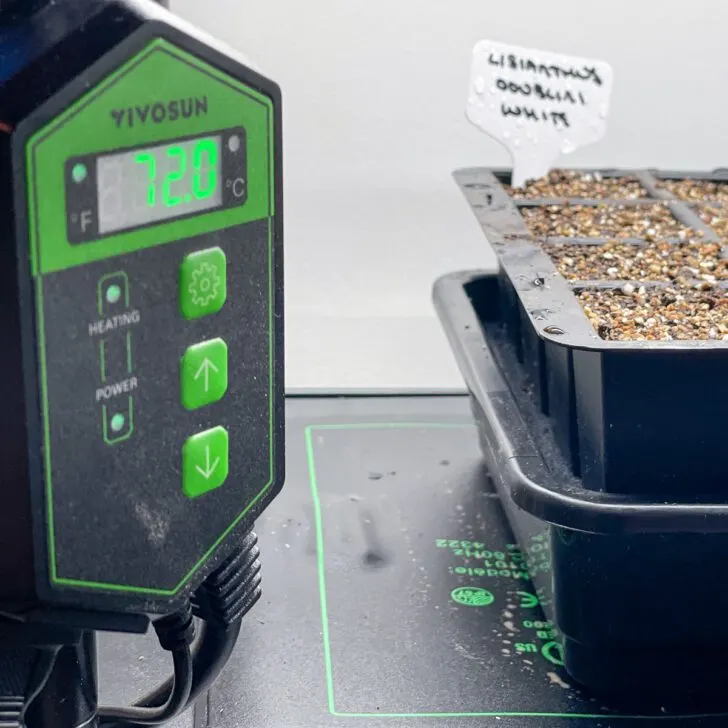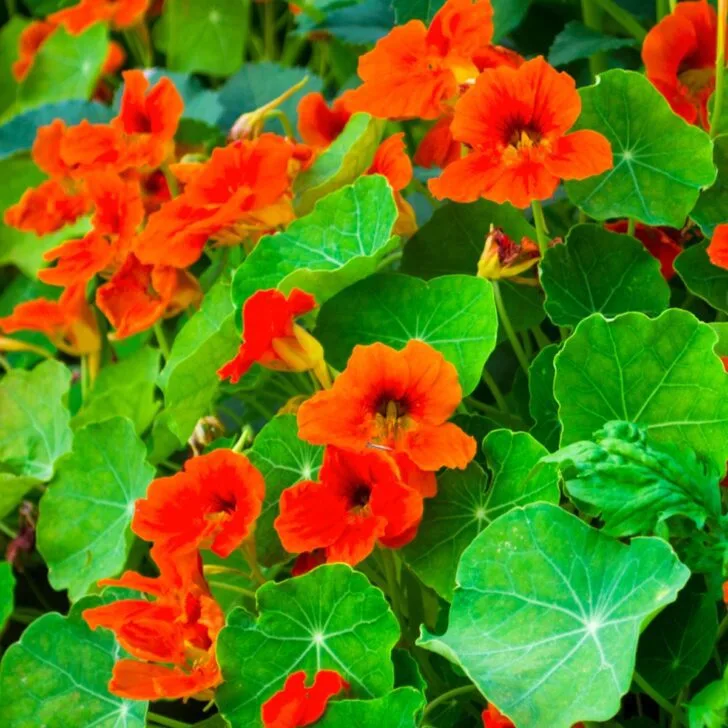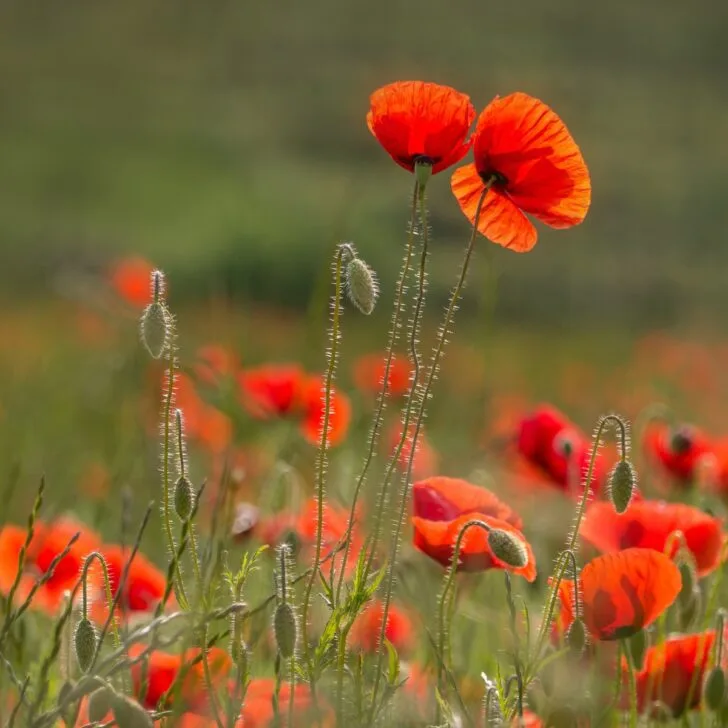Discover why some seeds need cold stratification to germinate successfully, and easy ways to chill your seeds before spring!
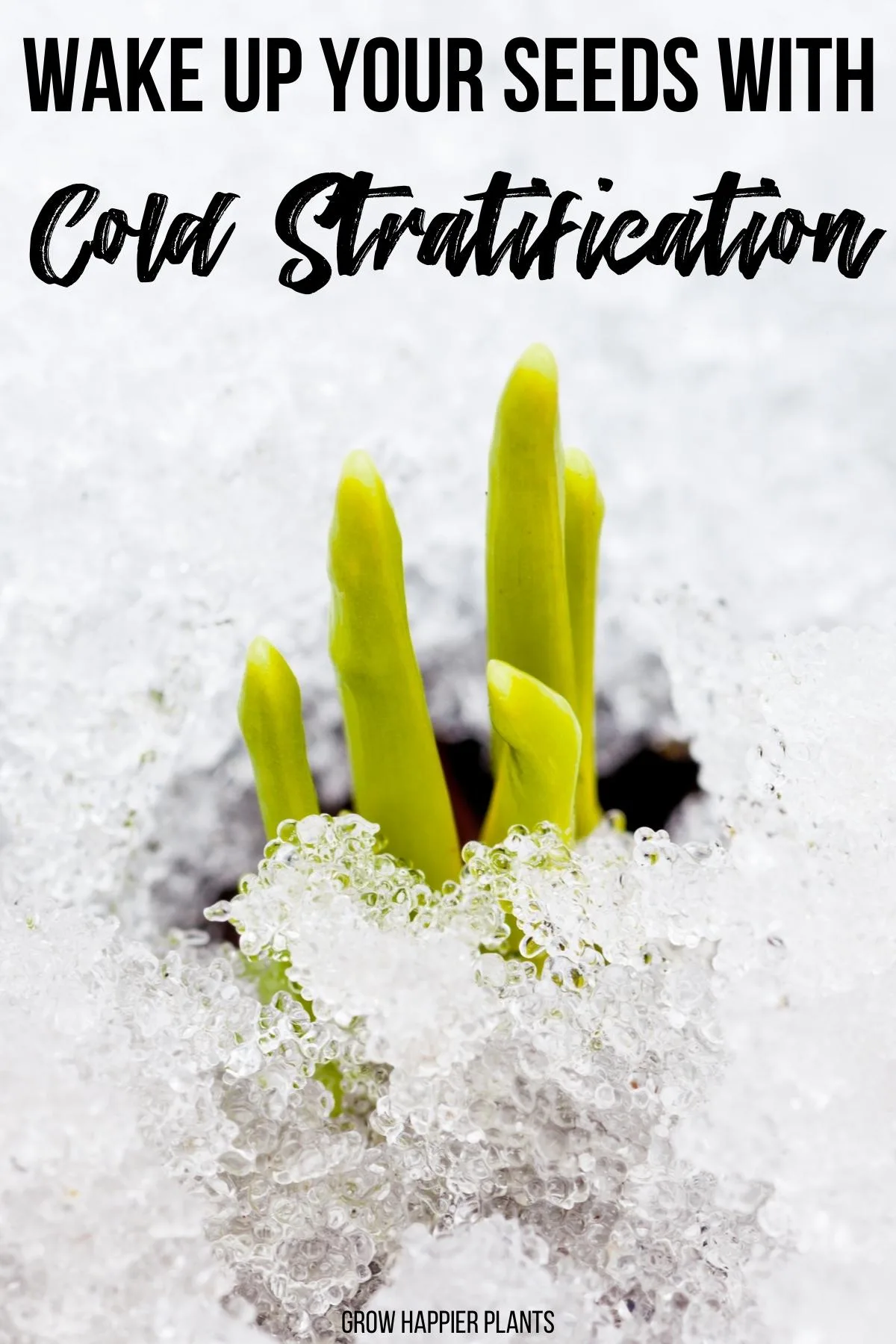
If you've ever started seeds indoors, you know the pain and frustration when a tray fails to germinate. You start second guessing everything, from the grow lights to your watering schedule.
But your seeds may not have germinated because of something you never thought of...they didn't got cold!
Cold stratification is a natural cycle that many seeds need to break dormancy and kickstart germination. By replicating "winter" for these seeds, we can trick them into sprouting indoors.
In this article, I'll be sharing several ways to give your seeds the cold stratification period they need, so you can watch those once-dormant seeds spring to life!
This post contains affiliate links for your convenience. Purchases made through these links may earn me a small commission at no additional cost to you.
Understanding Cold Stratification
Before diving into the cold stratification process, it's essential to understand what it is and why it's so crucial for certain seeds.
What is cold stratification?
Cold stratification is a natural process that some seeds require to break dormancy and begin germination. Essentially, it's a period of cold and moist conditions similar to a winter season. By exposing seeds to these conditions artificially, we help them "sense" that it's time to start growing once warmer temperatures arrive.

Why is cold stratification important?
Many plant species have evolved to produce seeds that remain dormant until they've experienced a cold winter. This strategy ensures that the seeds don't germinate prematurely, only to be killed off by freezing temperatures. By cold stratifying seeds, we're recreating this natural cycle and giving them the signal they need to begin germinating.
Seeds that need cold stratification
Not all seeds require cold stratification, so don't go sticking your zinnia seed packets in the fridge! Many temperate and cold-climate plants do, including:
- Tree and shrub seeds, like dogwood, viburnum, and maple
- Perennial flowers, like echinacea, columbine and milkweed
- Cold-hardy herbs, like parsley and lavender
- Some vegetable seeds, like certain varieties of lettuce and spinach
Remember that each plant species might have specific stratification requirements, so read the seed packet and do some research before planting.

Cold Stratification in the Refrigerator
While I've had some success with just sticking the seed packet in the fridge for a few weeks without any other preparation, you'll get better results if you give the seeds some moisture as well.
Damp Paper Towel Method
Cold stratifying seeds using damp paper towels in the refrigerator is a simple, space-saving method that can be easily monitored and adjusted as needed. This approach works well for a small number of seeds or when you're working with limited space.
This year, I'm growing echinacea from seed, and most varieties require cold stratification. While this packet of Green Twister didn't mention it, I didn't want to risk poor germination on these gorgeous flowers!

First, wet a paper towel with water and wring it out so it's damp but not dripping. Lay it flat and arrange the seeds evenly across the surface, making sure to leave some space between each seed.
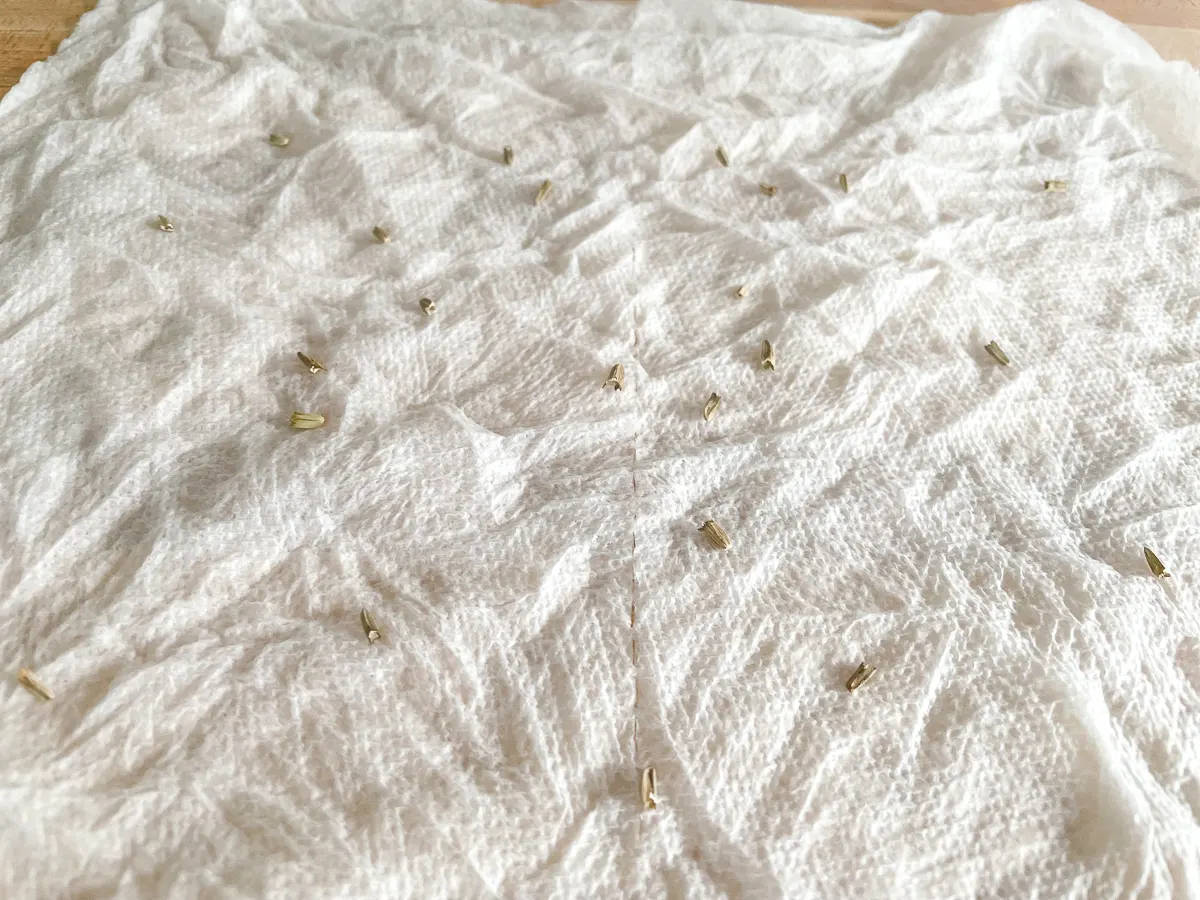
Once the seeds are in position, fold the paper towel over them, enclosing them completely. Carefully transfer the folded paper towel with the seeds into a resealable plastic bag or a plastic container with a lid.
If you're using a plastic bag, try to remove as much air as possible before sealing it. This helps maintain the moisture inside and prevents the seeds from drying out. Label the bag with the variety and date so you can keep track of your seeds!
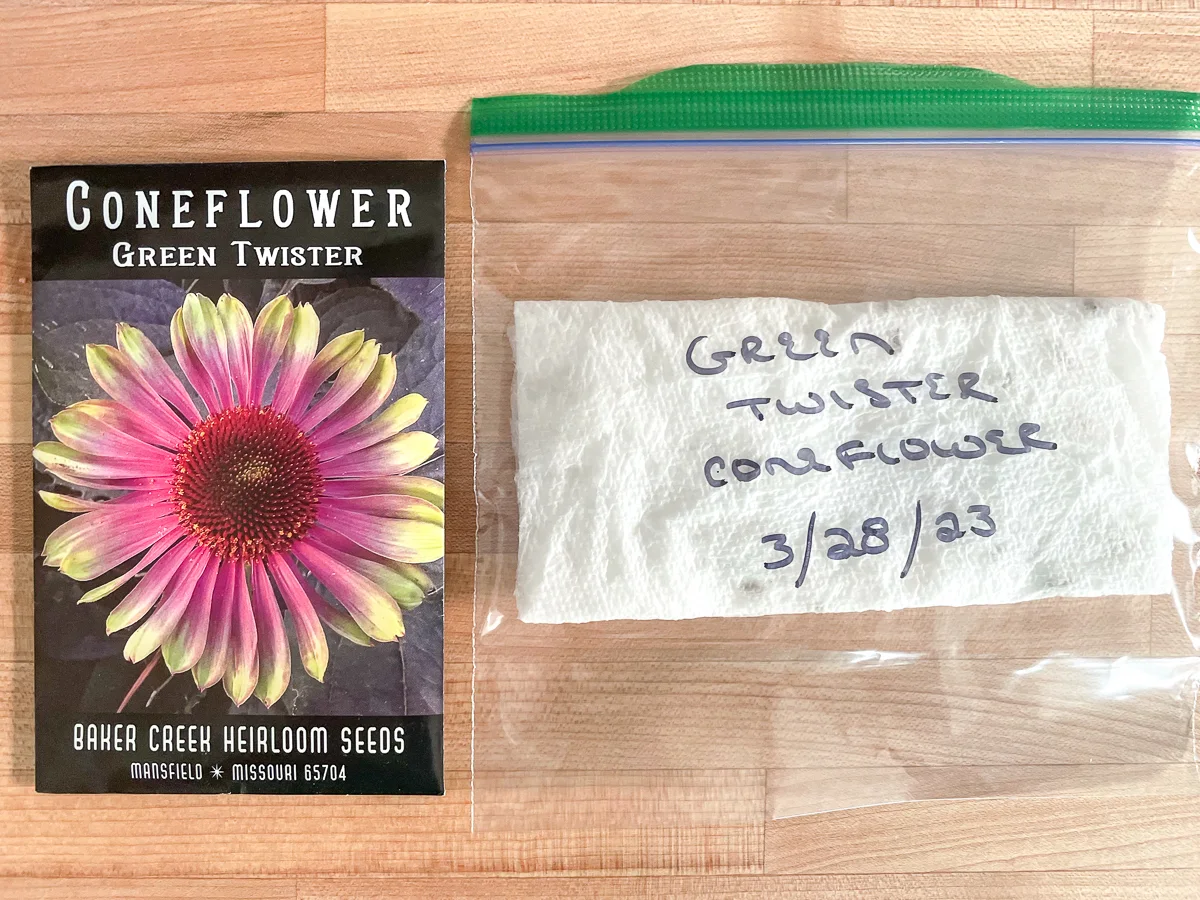
Once your seeds are safely enclosed, it's time to store them in the refrigerator. Ideally, you'll want to place them in an area of the fridge with temperatures between 33°F (1°C) and 40°F (4°C). Be cautious about positioning the container too close to the fridge's cooling elements, as this can result in freezing and damage the seeds.
I keep mine in the fridge door, where they're less likely to get damaged and I can check on them on a regular basis. Look for signs of mold and give it a quick spray of water if the paper towel starts to dry out.
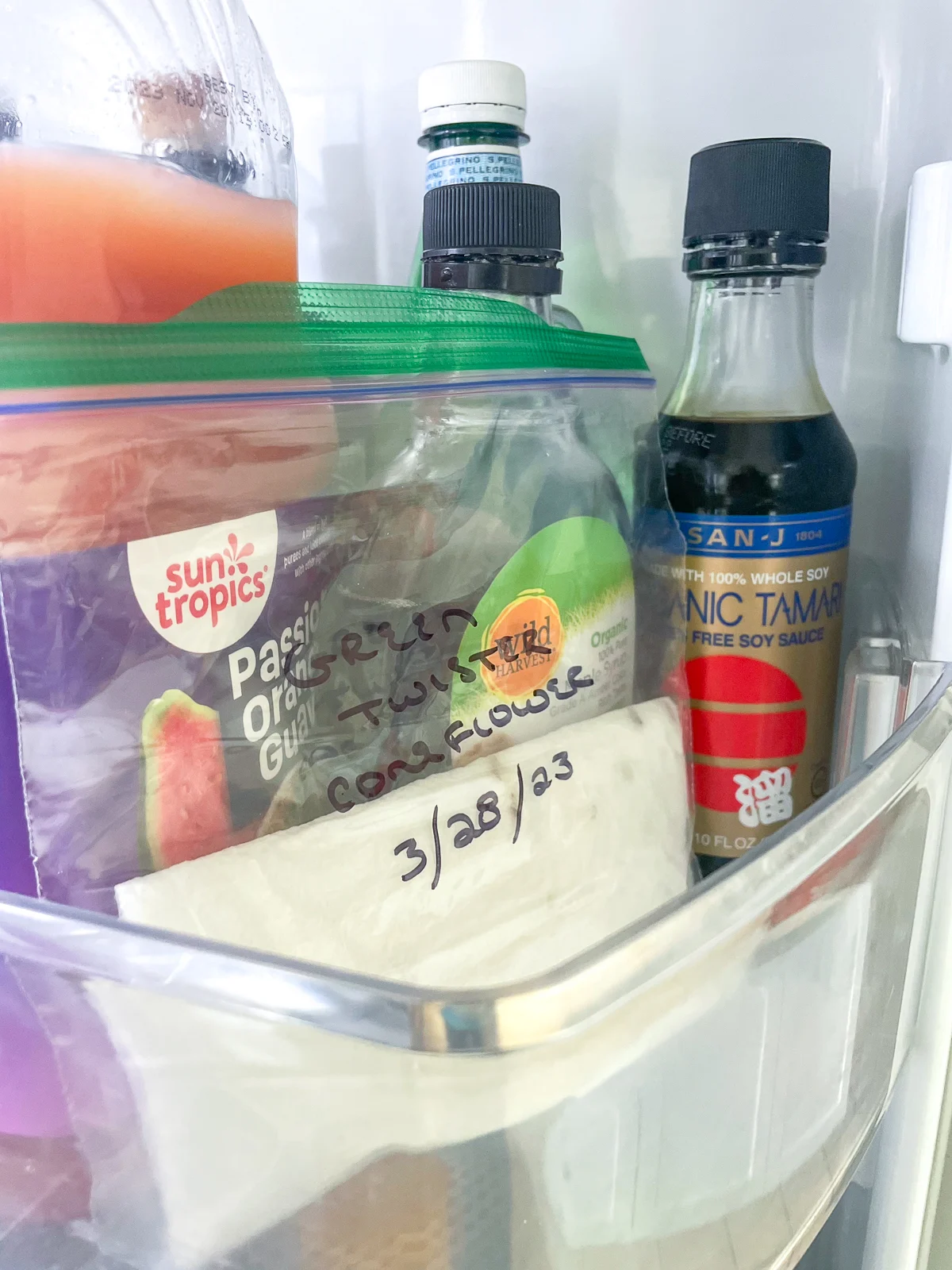
Some seeds will start to germinate in their cold environment, while others need to warm up first. If you see seeds sprouting in the paper towel, you know you can safely transplant them into soil to start growing!
Soil Method
Cold stratifying seeds in soil in the refrigerator or an unheated garage is another effective method that can closely mimic the natural outdoor environment while still providing the controlled conditions necessary for successful germination.
By planting your seeds in soil, you create a more natural environment for your seeds, which can lead to healthier seedlings and plants. However, it takes up more space in the fridge, and can make a mess if the pots accidentally get knocked over.
Select small containers, such as plastic cups or seed trays with lids, that will fit in your refrigerator. Fill the containers with 2-3 inches of moistened seed starting mix, then sow the seeds to the depth recommended on the packet.
If you're using containers without lids, cover them with plastic wrap, but make sure to poke a few small holes in the wrap to allow for airflow. Then place them in the fridge, making sure not to place them too close to the cooling elements.
If you're keeping them in the garage, you may need to bring them indoors at night if the temperature drops too low. A wireless thermometer can alert you when it gets too cold for your seeds.
Cold Stratification Outdoors
If you're looking for an alternative to refrigerator-based cold stratification, winter sowing outdoors using milk jugs is an excellent option. This method allows the seeds to experience natural temperature fluctuations and eliminates the need for indoor space or seedling trays.
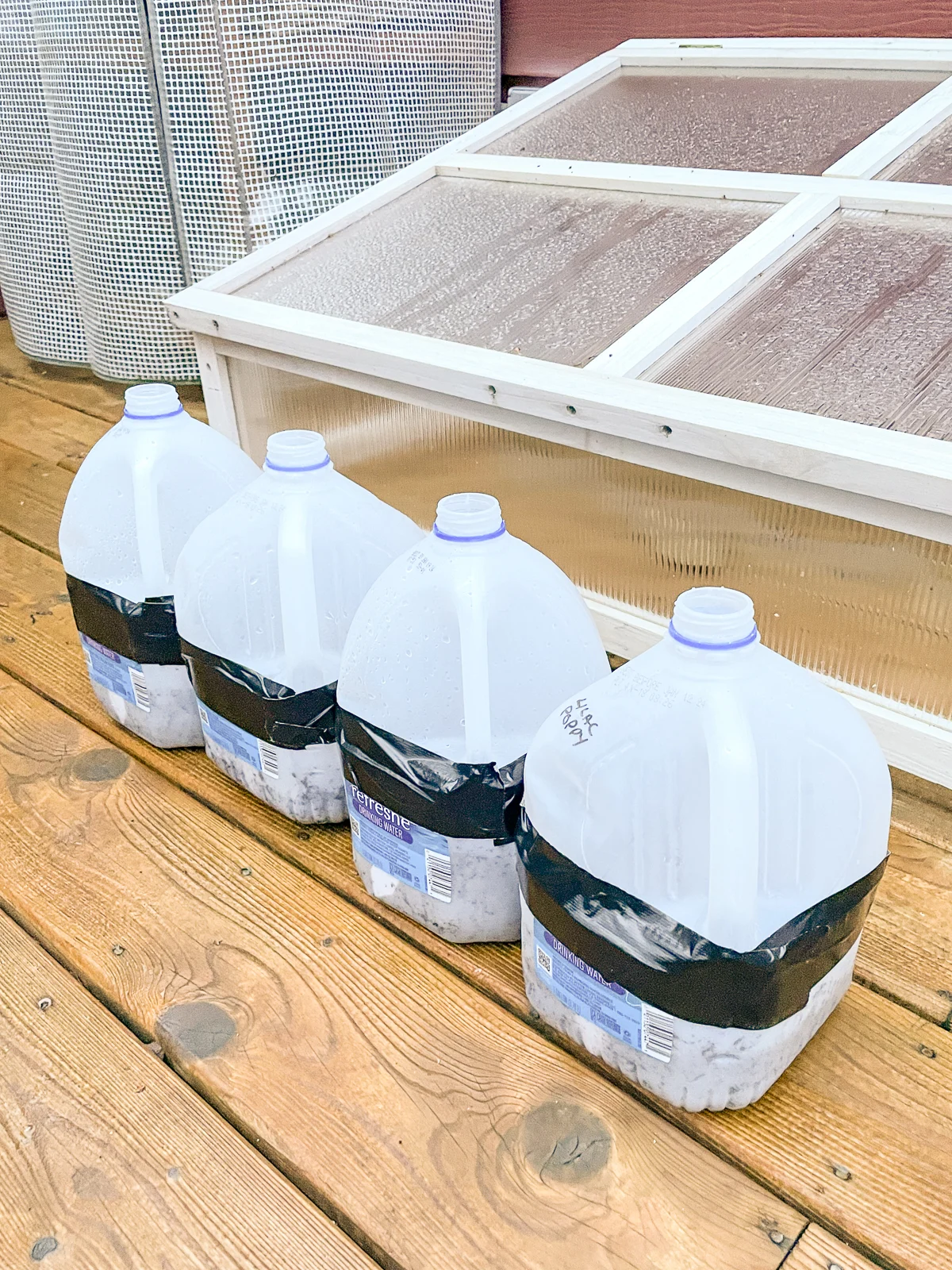
I used the winter sowing method for growing poppies from seed this year, and it worked great! I set the milk jugs out in mid-February, and I had dozens sprouting a month later!
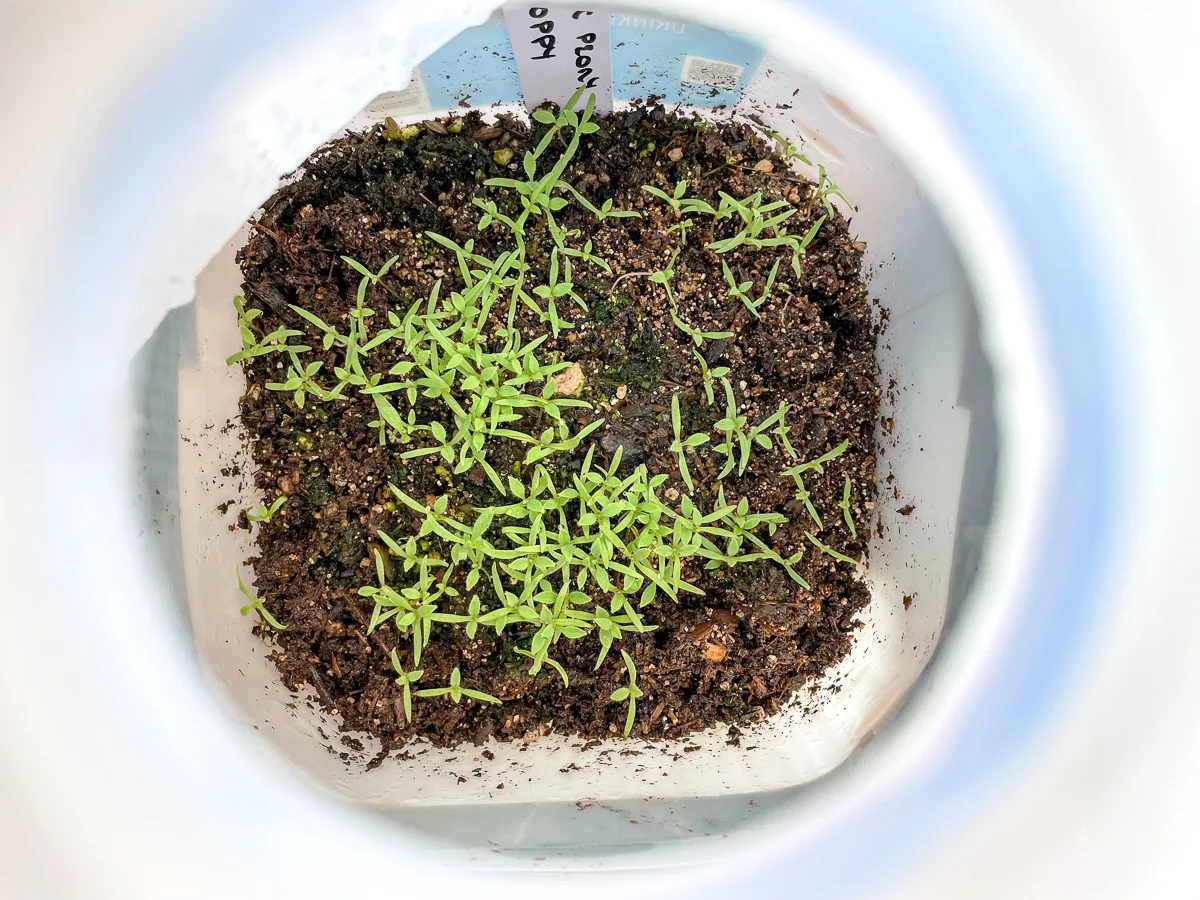
Unlike the refrigerator method, these seeds can stay in their milk jugs outside until it's time to plant them in the garden, saving you a step in the process. They receive all the light they need from the sun, and they get watered by rain that falls though the hole in the top!
While seeds that require cold stratification can take a little more work to get going, the process is fairly simple. Just don't forget about that paper towel in the fridge and get those seeds in the ground!

